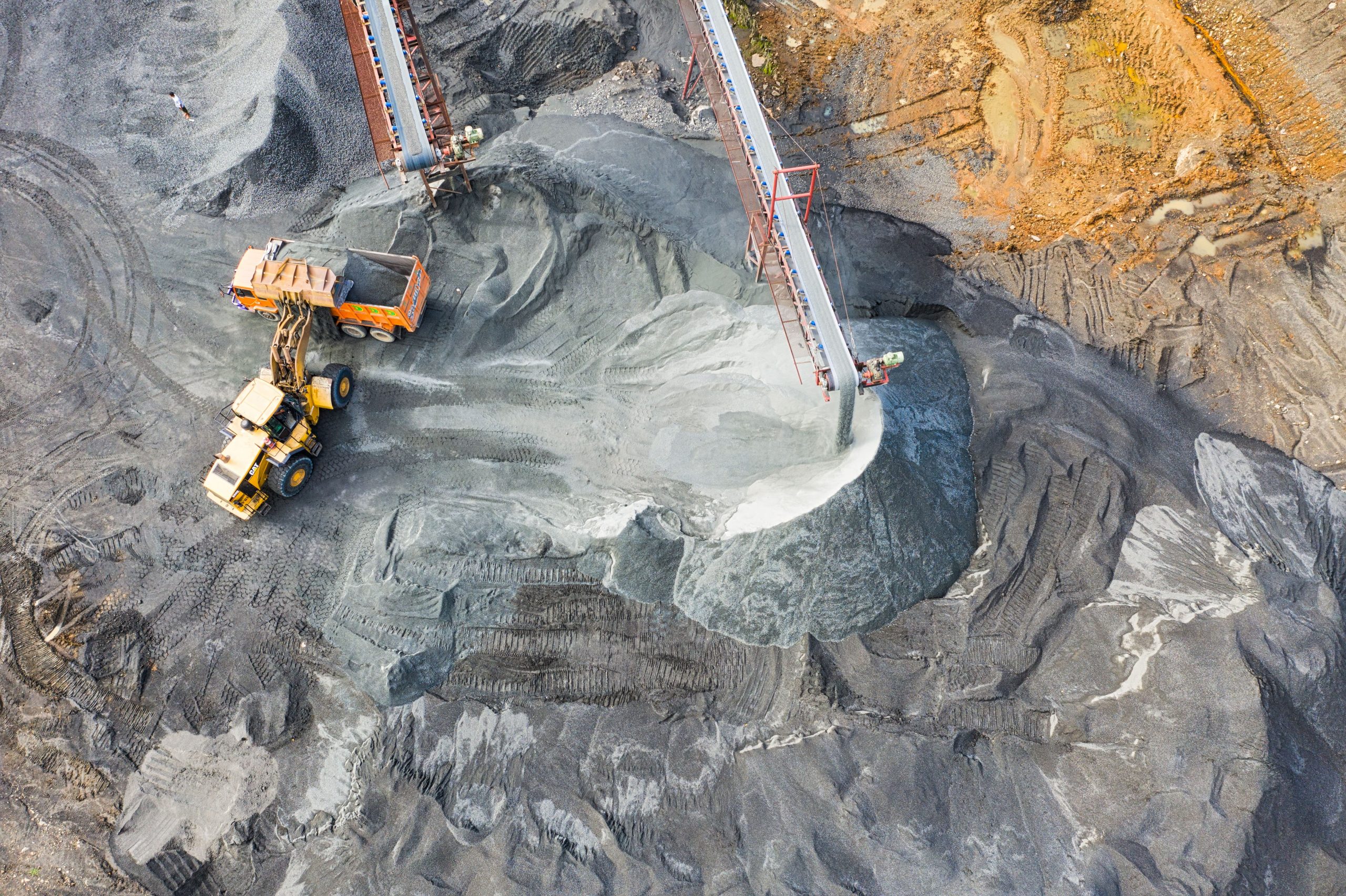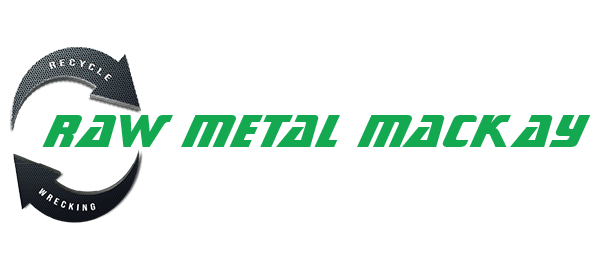
What goes up must come down. It’s cliched but, in the case of booming markets, it’s generally true.
And while there have been a few spectacular market booms over the past year, for sheer scale it’s hard to go past iron ore as one of the biggest.
Having shuffled along in a fairly narrow range between roughly $US80-100 a tonne in the months leading up to, and the early part of, the COVID pandemic, from May 2020 spot prices rocketed higher.
On May 12, 2021 the benchmark Chinese spot price for iron ore topped out at a whopping $US233 a tonne, more than two-and-a-half times what it had been a year earlier.
It may not have been quite as spectacular as Bitcoin’s near 10-fold annual increase between March 2020 and March 2021, but iron ore is not just a blockchain code stored on servers, it is a large-scale, crucial industrial commodity.
The crash is also somewhat reminiscent of recent crypto routs, with iron ore prices down about 40 per cent over the past month alone, having now fallen below $US130 a tonne.

Why iron ore’s sudden rise and fall?
So how did its price surge in a way more typical of a speculative financial asset, and why is it now crashing back even more rapidly than it rose?
There appear to be three main reasons for the boom and bust.
The first is China’s economic response to the pandemic. As usual, when the Chinese economy looks shaky, as it did after months of widespread COVID lockdowns, construction is the answer.
Building apartments and infrastructure requires steel, lots of it, and steel requires iron ore.
So demand was strong.
Then there was the effect of COVID on supply, namely out of Brazil.
Mines went out of action or cut production as workers came down with COVID-19, reducing global supply.
(As an aside, it may be a major reason why Western Australia is arguably the most zealous COVID-zero jurisdiction in the nation, having seen in Brazil the disruption the disease can cause on mine sites critical to its economy and royalty revenues.)
But Brazil is back, in a big way. As the COVID crisis has eased from its worst, UBS analysts estimate the South American nation has so far this year shipped about 12 per cent more iron ore than at the same point last year.
Source:https://www.abc.net.au/news/2021-08-23/iron-ore-crash-economy-dollar-analysis/100396988?utm_campaign=abc_news_web&utm_content=facebook&utm_medium=content_shared&utm_source=abc_news_web&fbclid=IwAR3FzIL4ZhdtO7BQOwmSDCEfD8bihlf7pkjoy2SvOhFMRHsMEBVeOcry6c4
